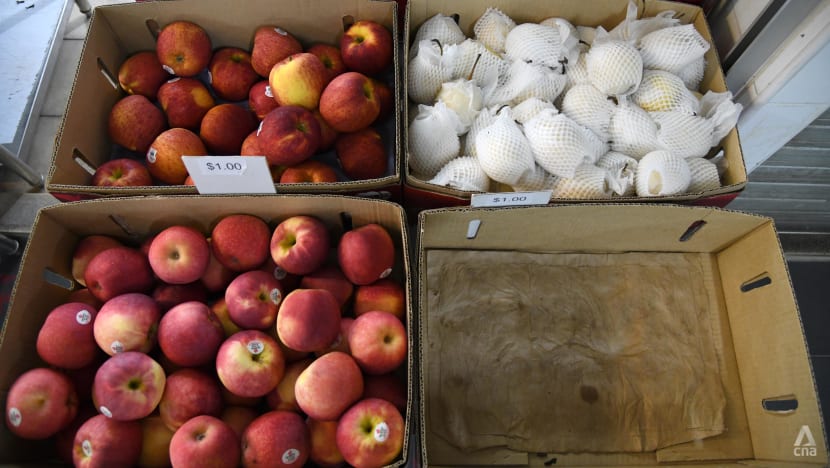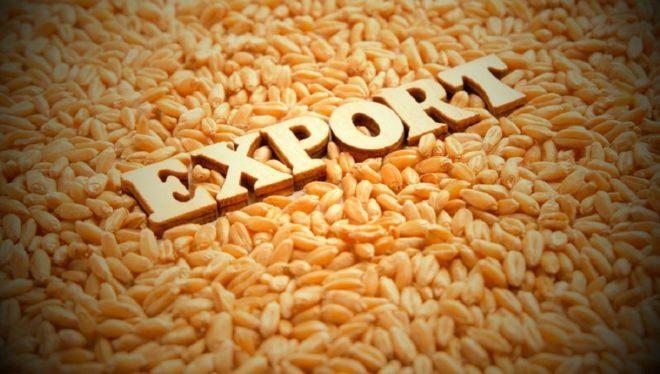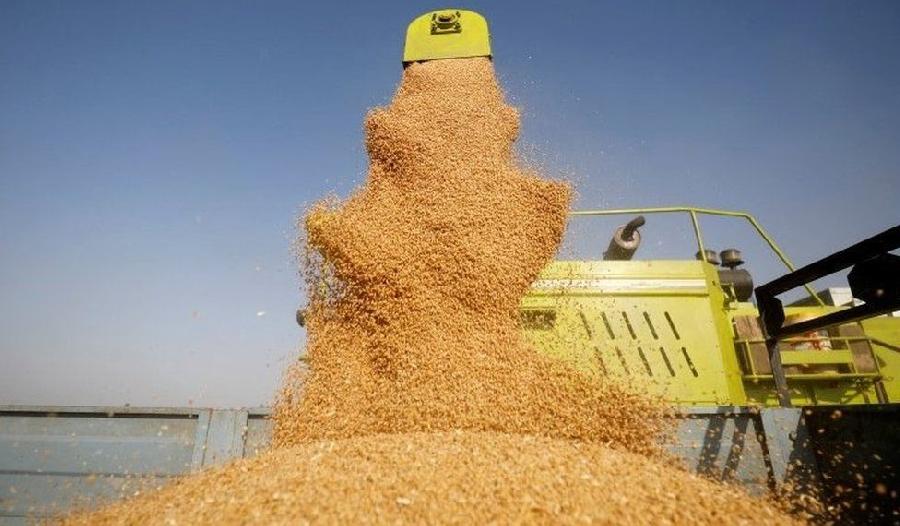

SINGAPORE: With prices rising on multiple fronts, the Government is striving to maintain wage growth and diversify food imports to lessen the impact of inflation, said Minister of State for Trade and Industry Low Yen Ling on Tuesday (Jan 11).
She was responding to questions from Members of Parliament Ang Wei Neng (PAP-West Coast) and Jessica Tan (PAP-East Coast) about what can be done to manage the impact on consumers.
Singapore’s core inflation rose to 1.6 per cent year-on-year in November, up from the 1.5 per cent recorded in October.
The headline consumer price index, or overall inflation, jumped to 3.8 per cent year-on-year in November - the highest in more than eight years - compared with 3.2 per cent in the previous month.
In the near term, Ms Low said Singapore is likely to continue to face external cost pressures.
This is due to global energy prices remaining elevated and bottlenecks in global transportation, as well as supply-demand mismatches in various commodities and goods markets which are likely to persist for a while, she said.
However, authorities expect these pressures to ease gradually over the course of the year.
"In particular, global oil prices should ease as production increases to catch up with demand," she added.
On Singapore’s domestic labour, Ms Low said wage growth is likely to continue to improve as the demand for labour strengthens on the back of a continued pickup in economic activity.
The Government’s rollout of policies such as the expansion of the Progressive Wage Model to the retail sector would also support salaries for lower-wage Singaporeans.
At the same time, as the COVID-19 situation stabilises, Ms Low said consumer demand should improve.
“With these factors in mind, MAS core inflation is expected to increase in the first half of 2022, before easing in the latter part of the year. For the full year, MAS core inflation could average within the upper half of the official forecast range of 1 per cent to 2 per cent,” she said.
As for CPI-All Items inflation, Ms Low said it is projected to average 1.5 to 2.5 per cent in 2022, following the 2.3 per cent expected for 2021.
The Ministry of Trade and Industry and the Monetary Authority of Singapore will carefully monitor price trends over the next few months of the year closely, before revising the forecasts if necessary, she added.
MULTI-PRONGED STRATEGY TO LESSEN IMPACT OF INFLATION
While Singapore’s small and open economy constrains how much the country can shield itself from inflationary pressures, Ms Low said the Government has put in place a “multi-pronged” strategy to mitigate inflationary pressures.
This includes striving hard to keep the country’s economy competitive, in order to continue creating good jobs to bring sustainable wage growth for Singaporeans, she said.
While the economy contracted by 5.4 per cent in 2020 due to the pandemic, it rebounded by 7.2 per cent last year.
“The strong recovery has helped to ensure that resident workers enjoyed real wage growth in 2021, after accounting for inflation. Specifically, we note that in 2021, the real median income growth of full-time employed residents was actually positive, at 1.1 per cent,” she said.
For lower-income residents at the bottom 20th percentile, real income rose by a larger 4.6 per cent last year, she added.
DIVERSIFYING FOOD IMPORTS
With Singapore importing more than 90 per cent of its food, Ms Low said the Government has been diversifying food import sources to reduce vulnerability to large price fluctuations globally and ensure that food supply prices remain competitive.
Singapore imports food from more than 170 countries and regions around the world.
“Notably, while global food commodity prices surged by around 30 per cent on a year-on-year basis between July and November 2021 based on the UN’s Food and Agriculture Organization’s Food Price Index, our domestic non-cooked food prices saw a far smaller increase of 1.6 per cent over the same period,” said Ms Low.
The Government also works closely with industry partners, including major retailers, to ensure that the prices of daily necessities and food items are competitive and affordable, she said.
For instance, NTUC FairPrice extended its discount schemes for seniors and low-income families by another year, to 2022, to keep the prices of essential items affordable.
Ms Low said the move is estimated to result in more than S$11 million worth of savings for customers, covering Pioneer Generation and Merdeka Generation seniors, as well as Community Health Assist Scheme (CHAS) blue cardholders.
The Government also provides targeted assistance to lower-income Singaporeans who need support for their basic living expenses through schemes such as the permanent GST Voucher scheme, and public transport vouchers.
OUTLOOK FOR SINGAPORE'S ECONOMY
In spite of inflation, the Ministry of Trade and Industry’s assessment is that Singapore’s economic recovery remains on track, with GDP expected to grow by 3 to 5 per cent this year, she said.
Ms Low added that this should continue to support recovery in the labour market in the year ahead.
In October last year, MAS tightened monetary policy by shifting the trade-weighted Singapore dollar towards an appreciating path, given the imported and domestic cost pressures.
Since then, Ms Low said the Singapore dollar has strengthened, which will help reduce the Singapore dollar cost of imports and shield Singaporeans from some of the external cost pressures.
“The Singapore dollar has appreciated significantly against the currencies of the country’s major food sources over the longer term, and this has moderated the pass-through effects of external inflationary pressure,” she said.
Careful attention such as rental relief and schemes to alleviate labour costs has also been given to manage domestic supply-side constraints, such as the supply of industrial and commercial space, said Ms Low.
This will help to rein in business rental costs that may translate to higher consumer prices, she added.




























